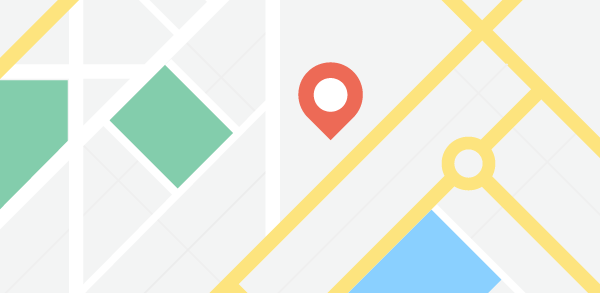History, Language & Culture Bonaire
Bonaire's earliest known inhabitants were the Arkaiko Indians, whose presence on Bonaire can be traced back to 2,500 BC.
In 1499, Alonso de Ojeda arrived in Curacao and a neighbouring island that was almost certainly Bonaire. Ojeda was accompanied by Amerigo Vespucci and Juan de la Cosa. De La Cosa's Mappa Mundi of 1500 shows Bonaire and calls it Isla do Palo Brasil or "Island of Brazilwood". The Spanish conquerors decided that the three ABC Islands were useless, and in 1515 the natives were forcibly deported to work as slaves in the copper mines of Santo Domingo on the island of Hispaniola.
Spanish period
In 1526, Juan de Ampies was appointed Spanish commander of the ABC Islands. He brought back some of the original Caquetio Indian inhabitants to Bonaire and Curaçao. Ampies also imported domesticated animals from Spain, including cows, donkeys, goats, horses, pigs and sheep. The Spaniards thought that Bonaire could be used as a cattle plantation worked by natives. The cattle were raised for hides rather than meat. The Spanish inhabitants lived mostly in the inland town of Rincon which was safe from pirate attack.
Dutch period
The Dutch West India Company was founded in 1621. Starting in 1623, ships of the West India Company called at Bonaire to obtain meat, water and wood. The Dutch also abandoned some Spanish and Portuguese prisoners there, and these people founded the town of Antriol, which is a contraction of Spanish al interior . The Dutch and the Spanish fought from 1568 to 1648 in what is now known as the Eighty Years War. In 1633, the Dutch – having lost the island of St. Maarten to the Spanish – retaliated by attacking Curaçao, Bonaire and Aruba. Bonaire was conquered in March 1636. The Dutch built Fort Oranje in 1639.
While Curacao emerged as a centre of the slave trade, Bonaire became a plantation of the Dutch West India Company. A small number of African slaves were put to work alongside Indians and convicts, cultivating dyewood and maize and harvesting solar salt around Blue Pan. Slave quarters, built entirely of stone and too short for a man to stand upright in, still stand in the area around Rincon and along the salt pans. Historically, Dutch was not widely spoken on the island outside of colonial administration; its use increased in the late 19th and early 20th centuries. Students on Curaçao, Aruba and Bonaire were taught predominantly in Spanish until the late 18th century when the British took Curaçao, Aruba and Bonaire; the teaching of Spanish was restored when Dutch rule resumed in 1815.
British period
During the Napoleonic Wars, the Netherlands lost control of Bonaire twice, once from 1800 to 1803, and again from 1807 to 1816. During these intervals, the British had control of the neighbouring island of Curaçao and of Bonaire. The ABC islands were returned to the Netherlands under the Anglo-Dutch Treaty of 1814. During the period of British rule, a large number of white traders settled on Bonaire, and they built the settlement of Playa (Kralendijk) in 1810.
Emancipation
From 1816 until 1868, Bonaire remained a government plantation. In 1825, there were about 300 government-owned slaves on the island. Gradually many of the slaves were freed and became freemen with an obligation to render some services to the government. The remaining slaves were freed on 30 September 1862 under the Emancipation Regulation. A total of 607 government slaves and 151 private slaves were freed at that time.
World War II
During the German occupation of the Netherlands during World War II, Bonaire was a protectorate of Britain and the United States. The American army built the Flamingo Airport as an air force base. After Germany invaded the Netherlands on 10 May 1940, many German and Austrian citizens were interned in a camp on Bonaire for the war's duration. In 1944, Princess Juliana of the Netherlands and Eleanor Roosevelt visited the troops on Bonaire.
Post-war
After the war, the economy of Bonaire continued to develop. The airport was converted to civilian use and the former internment camp was converted to become the first hotel on Bonaire. The Dutchman Pierre S
Official Languages: Dutch



